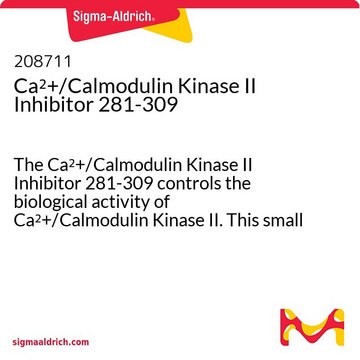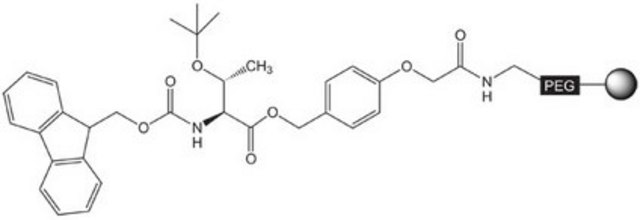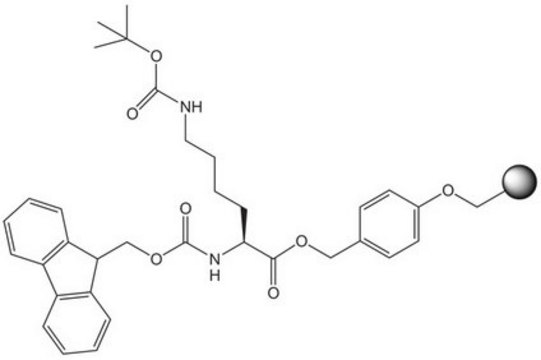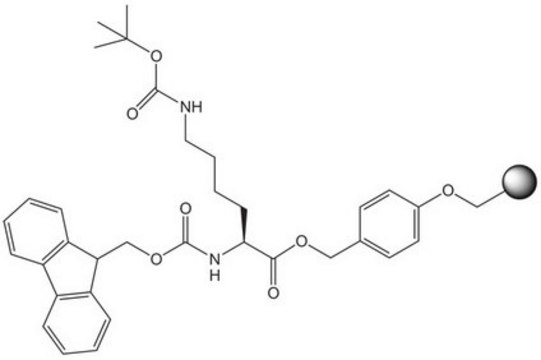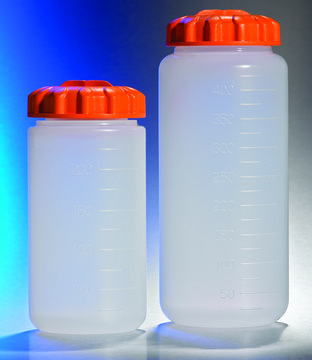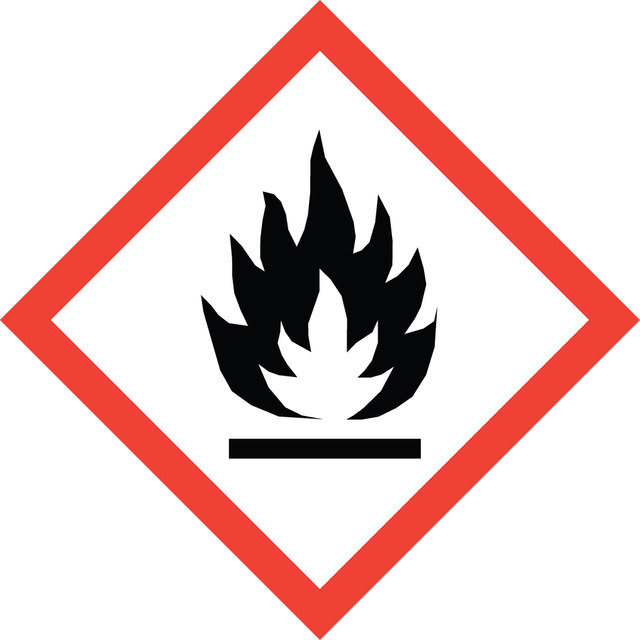推荐产品
质量水平
表单
liquid
IVD
for in vitro diagnostic use
技术
microbe id | staining: suitable
转变温度
flash point 14 °C
密度
0.83 g/cm3 at 20 °C
应用
clinical testing
diagnostic assay manufacturing
hematology
histology
储存温度
15-25°C
1 of 4
此商品 | CLS431845 | CLS431847 | CLS431846 |
|---|---|---|---|
| material flat bottom tube, round bottle, wide-mouth bottle, polypropylene , translucent bottle | material flat bottom tube, polypropylene , round bottle, translucent bottle, wide-mouth bottle | material clear bottle, flat bottom tube, polycarbonate , round bottle, wide-mouth bottle | material clear bottle, flat bottom tube, polycarbonate , round bottle, wide-mouth bottle |
| manufacturer/tradename Corning 431844 | manufacturer/tradename Corning 431845 | manufacturer/tradename Corning 431847 | manufacturer/tradename Corning 431846 |
| packaging pkg of 24 ea | packaging pkg of 24 ea | packaging pkg of 24 ea | packaging pkg of 24 ea |
| capacity 500 mL | capacity 500 mL | capacity 500 mL | capacity 500 mL |
| feature autoclavable | feature autoclavable, cap | feature autoclavable, cap | feature autoclavable, cap |
一般描述
In the first step, the cell nuclei are stained either progressively or regressively with a hematoxylin solution, (Hematoxylin solution modified acc.to Gill II, (Product number 1.05175), Papanicolaou′s solution 1a Harris hematoxylin solution, (Product number 1.09253) or Papanicolaou′s solution 1b Hematoxylin solution S, (Product number 1.09254)). Nuclei are stained blue to dark violet. In the progressive hematoxylin staining method, staining is carried out to the endpoint, after which the slide is blued in tapwater. With the regressive method the material is over-stained and the excess of staining solution is removed by acid rinsing steps, followed by the bluing step. The structures of nuclei are more differentiated and better visible by the regressive method. The second staining step is cytoplasmic staining by orange staining solution, (Papanicolaou′s solution 2b Orange II solution, (Product number 1.106887) or Papanicolaou′s solution 2a Orange G solution (OG6), (Product number 1.06888)), especially for demonstration of mature and keratinized cells. The target structures are stained orange in different intensities. In the third staining step is used the so-called polychrome solution, a mixture of eosin, light green SF and Bismarck brown, Papanicolaou′s solution 3a polychromatic solution EA 31, (Product number 1.09271), Papanicolaou′s solution 3b polychromatic solution EA 50, (Product number 1.09272), Papanicolaou′s solution 3c polychromatic solution EA 65, (Product number 1.09270), or Papanicolaou′s solution 3d polychromatic solution EA 65, (Product number 1.09269). The polychrome solution is used for demonstration of differentiation of squamous cells. Papanicolaou′s solution 2a Orange G solution (OG6) gives a pale, yellow-orange staining result with mature and keratinized squamous cells.
The 500 ml bottle provides 1500 - 2000 stainings. This product is registered as IVD and CE marked. For more details, please see instructions for use (IFU). The IFU can be downloaded from this webpage.
分析说明
Nuclei: blue to dark violet
Cyanophilic cytoplasm: blue-green
Eosinophilic cytoplasm: pink
警示用语:
Danger
危险声明
危险分类
Eye Irrit. 2 - Flam. Liq. 2
储存分类代码
3 - Flammable liquids
WGK
WGK 2
闪点(°F)
57.2 °F
闪点(°C)
14 °C
法规信息
我们的科学家团队拥有各种研究领域经验,包括生命科学、材料科学、化学合成、色谱、分析及许多其他领域.
联系客户支持

